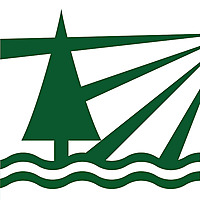Engineering-Physics Space Plasma Seminar
"The Precarious E Region" with Matthew Young of Boston University.
The Precarious E Region: New simulation insights into the Farley-Buneman and gradient drift instabilities.
The E region of Earth's ionosphere earned its distinction from E. V. Appleton when he recognized it as a layer in the atmosphere containing the electric field responsible for reflecting radio waves. Nearly a century later, we understand that the ionosphere comprises a continuous plasma embedded in the neutral atmosphere, but the E region remains a topic of great study. One distinguishing characteristic of much of the E region is the fact that electrons are magnetized while ions are not, so that electrons tend to Hall drift in the ambient electric and magnetic fields while ions tend to follow the electric field in the frame of the neutral flow. This magnetization difference leads to two instabilities: the Farley-Buneman instability (FBI) and the gradient drift instability (GDI). The FBI occurs in the presence of an electric field above a certain threshold value while the GDI occurs when there is a plasma gradient aligned with any electric field. As a result of these relatively common conditions, the E region is regularly susceptible to both instabilities.
Although ionospheric observations have historically treated FBI and GDI as separate instabilities—each associated with a distinct type of radio spectra -- the same linear theory describes both. This talk will present results from numerical simulations of E-region plasma that show how the coupled FBI and GDI can develop simultaneously in the same plasma, how 100-meter-scale GDI waves can produce meter-scale FBI waves, and the observational consequences.
